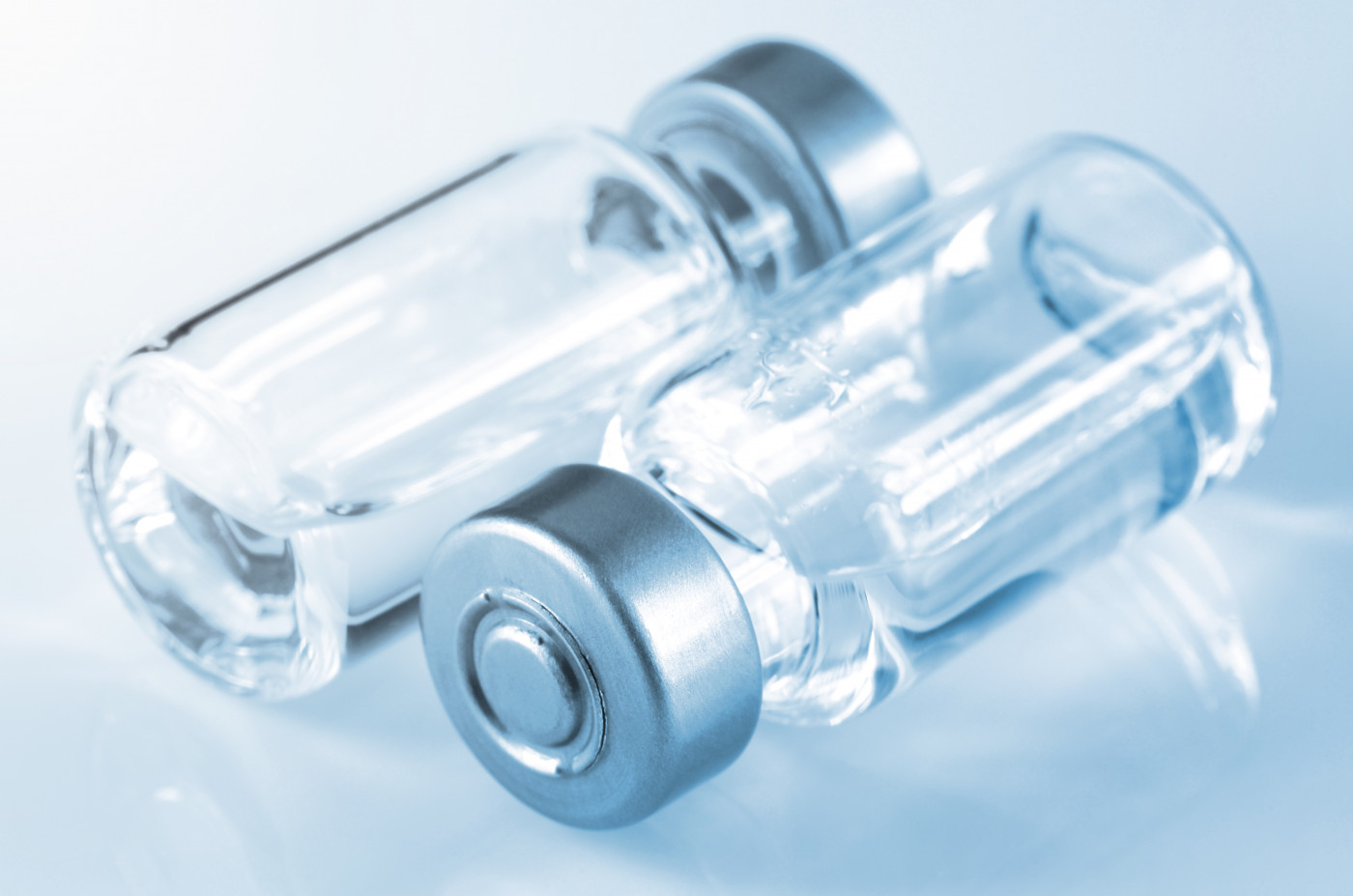Tysabri Seen as Superior to Gilenya for RRMS in Limited, Head-to-head Study
Written by |

Adults with active relapsing-remitting multiple sclerosis (RRMS) treated with Tysabri (natalizumab) had fewer new and accumulated lesions, and a lower relapse rate than those treated with Gilenya (fingolimod) for 24 weeks, according to an analysis of data in a Phase 4 head-to-head trial of these therapies.
These findings were part of the study’s secondary goals. REVEAL was terminated early after enrolling less than one-quarter of its 540 intended patient group, and its primary objective could not be analyzed.
The study, “Natalizumab versus fingolimod for patients with active relapsing-remitting multiple sclerosis: results from REVEAL, a prospective, randomised head-to-head study,” was published in the journal BMJ Open.
Tysabri (manufactured by Biogen) and Gilenya (by Novartis, also available as a generic) are effective disease-modifying therapies for RRMS. Both have been shown to reduce clinical and radiological measures of disease activity.
While the two therapies have shown immediate clinical benefits — within two months after treatment initiation — evidence comparing Tysabri and Gilenya’s relative efficacy has been limited to retrospective analyses of medical records. Some suggested better outcomes with Tysabri, others found no difference.
For a head-to-head comparison, Biogen sponsored the worldwide Phase 4 REVEAL clinical trial (NCT02342704, EUCTR2013-004622-29-IT), in which adults with RRMS were randomly assigned to either 300 mg of intravenous (into-the-vein) Tysabri every four weeks, or oral Gilenya at 0.5 mg once daily for up to 52 weeks (1 year). All were then to be followed for up to 64 weeks.
The trial, which opened in late November 2014 and was to conclude in May 2016, was designed to include about 540 patients. However, only 111 enrolled over its first year of recruitment. The study was terminated by Biogen, because of poor enrollment, in November 2015.
Now, scientists with Biogen, along with researchers in Australia, the U.S., Canada, Italy, and The Netherlands, analyzed available MRI scan data collected during the study. Given its early termination, REVEAL’s primary efficacy endpoint — the cumulative number of MRI lesions over 52 weeks — was not assessed.
Enrolled adults, ages 18–60, had active RRMS; had not been previously treated with Tysabri, Gilenya, or immunosuppressants; had active brain lesions within the six months before trial screening; and an expanded disability status scale (EDSS) score of 5.5 or less (meaning an ability to walk without assistance to a certain extent).
The group for this analysis consisted of 108 initial patients. Of these, 32 were treated with Tysabri and 31 with Gilenya for 24 weeks. Three individuals were treated a full one year (two with Tysabri and one with Gilenya).
Median follow-up time was 40.1 weeks for those given Tysabri, and 36.7 weeks for those given Gilenya.
Analysis revealed the mean number of new active lesions was 63% lower in the Tysabri group compared with Gilenya at four weeks post-treatment, and lower by 70% or more at 12 weeks. This difference was sustained through 24 weeks of treatment — new lesion accumulation rates were 0.02 in the Tysabri group and 0.09 in the Gilenya group each week over the 24 weeks.
Patients treated with Tysabri were also significantly less likely to develop more than two or three new lesions than those Gilenya.
While there were no statistically significant differences in other MRI outcomes between the two groups, MRI results favored Tysabri over Gilenya, the researchers wrote.
A relapse was also significantly less likely in Tysabri-treated patients (1.9%) than in those taking Gilenya (22.3%).
Before treatment, the annualized relapse rate (ARR) was 1.91 for people in the Tysabri group and 1.87 for those in the Gilenya group. During treatment, the ARR for theTysabri group was 0.02, representing a 99% reduction. Treatment period ARR for the Gilenya group was 0.20, an 89% reduction.
Overall, patients treated with Tysabri had a 90% lower relapse rate compared with those in the Gilenya group.
Safety findings were consistent with the known safety profiles of each therapy. Here, adverse effects were reported by 42.6% of people using Tysabri, including headache (11.1%), fatigue (5.6%), and sore throat (5.6%).
In the Gilenya group, 59.3% reported adverse events, which included MS relapses (14.8%), upper respiratory infections (9.3%), and decreased white blood cell counts (9.3%).
“In conclusion, the results suggest a greater benefit with [Tysabri] than with [Gilenya] in reducing relapse rates and … lesion accumulation in patients with active RRMS,” the team wrote.
“The onset of efficacy occurred more rapidly with [Tysabri] than with [Gilenya], which may be an important consideration for treatment selection in patients with active disease, who need swift and effective control of disease activity,” they added.





